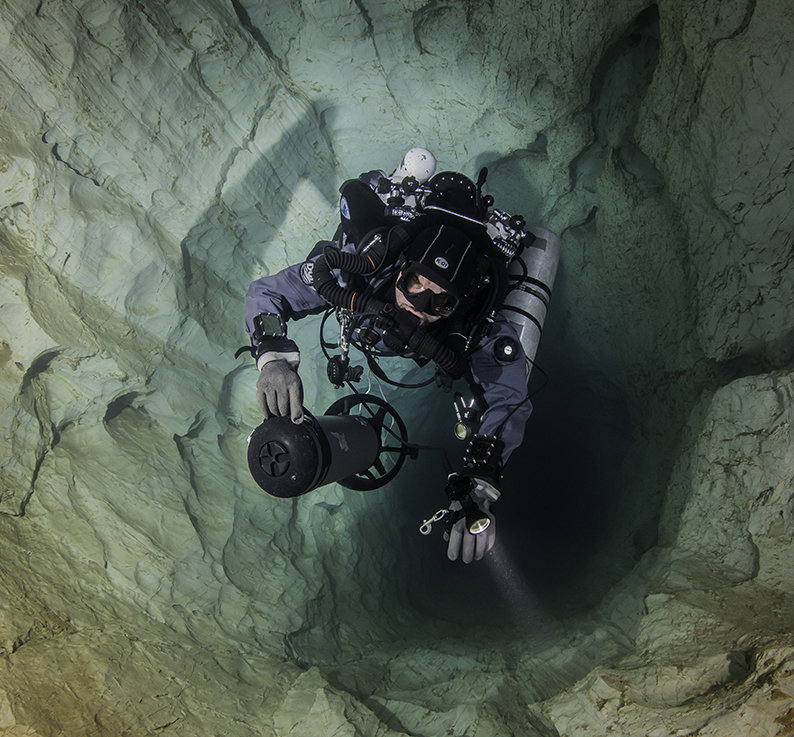CCR Cave Diver
CCR cave Diver
WHY TAKE THIS COURSE?
Venturing deeper into caves and discovering more and more passages may bring the need for additional time for exploration and redundancy for safety. Being an experienced open water GUE CCR diver and avid GUE cave diver will lead to consideration of using the CCR advantages during cave explorations.
The GUE Closed-Circuit Rebreather Cave Diver course will prepare already experienced divers to safely use CCR technology while cave diving.
WHO IS IT FOR?
The GUE Closed-Circuit Rebreather Cave Diver course is designed to provide experienced GUE cave and closed-circuit rebreather divers with the additional knowledge and practice needed to safely use closed-circuit rebreathers in a cave environment.
WHAT WILL I LEARN?
This course is an advanced level closed-circuit rebreather course aimed at teaching mastery level skills, knowledge, and procedures appropriate for the cave environment.
Applicants for a GUE CCR Cave Diver course program must:
- Be a minimum of 18 years of age.
- Be physically and mentally fit.
- Be a non-smoker.
- Be able to swim.
- Obtain a physician’s prior written authorization for use of prescription drugs, except for birth control, or for any medical condition that may pose a risk while diving.
- Have passed the GUE Closed-Circuit Rebreather Technical Diver Level 1 course.
- Have passed the GUE Cave Diver Level 2 course.
- Have conducted at least 25 dives beyond GUE Cave 2 certification.
- Have conducted at least 50 dives beyond GUE Closed-Circuit Rebreather Technical Diver Level 1 certification.
- Own a GUE-approved closed-circuit rebreather.
- If using a drysuit during the course, have conducted at least 25 non-training dives in a drysuit or have conducted 15 non-training dives utilizing a drysuit following completion of GUE Drysuit Primer certification.
- For a full list of course prerequisites, click here.
The Closed-Circuit Rebreather Cave Diver course is normally conducted over four days. It requires a minimum of five dives and at least thirty-two hours of instruction, encompassing classroom lectures, land drills, and at least ten hours of in-water work.

TAKE THE NEXT STEP
DPV CAVE
Since failure of a DPV in an overhead environment might expose divers to a high level of risk, an in-depth knowledge of gas management and contingency planning is required to use a DPV safely during such dives which DPV Cave course provides.
UNDERWATER CAVE SURVEY
During the class, team-based survey procedures and dive planning are introduced together with additional tools and specialized equipment.




